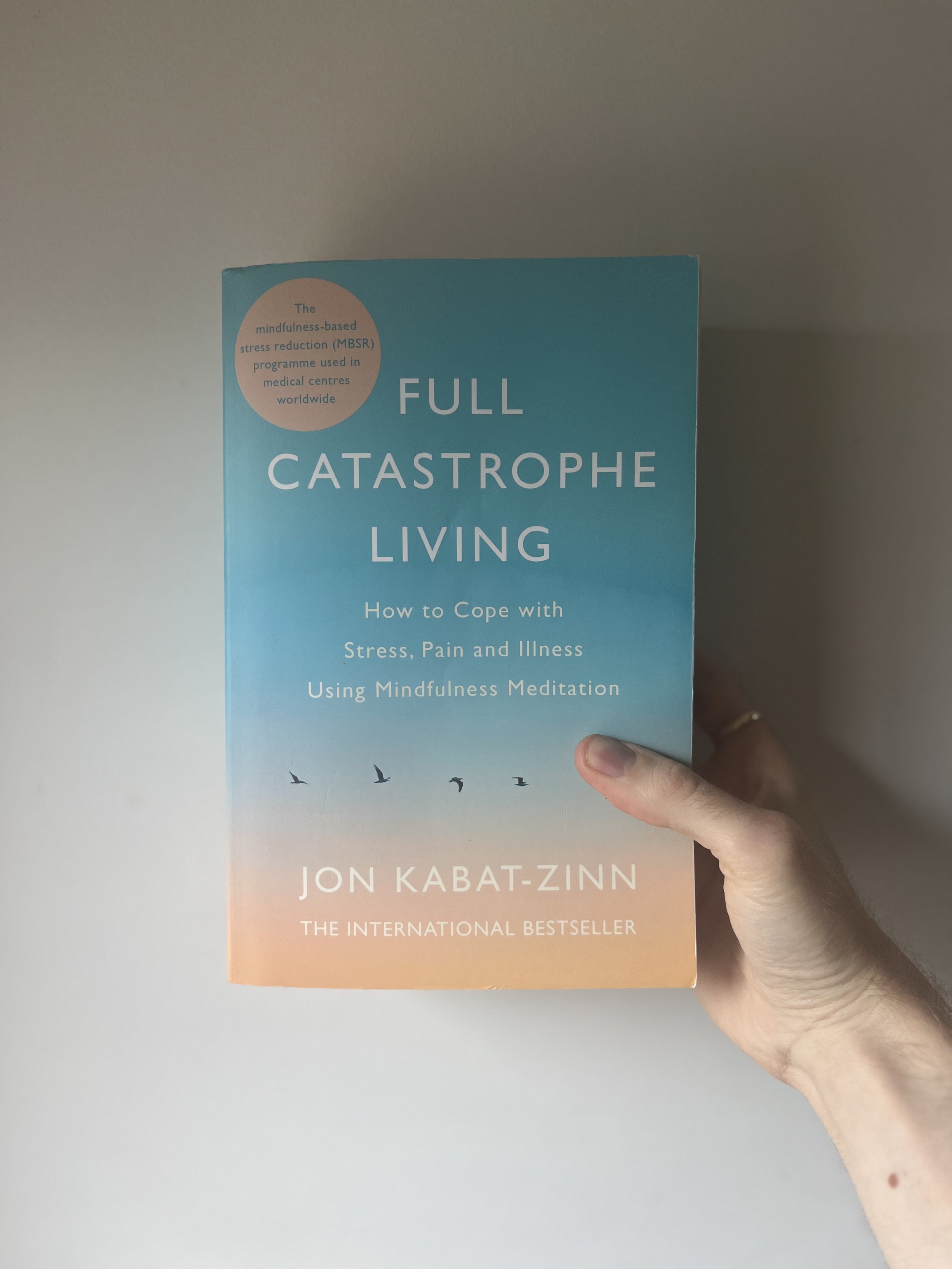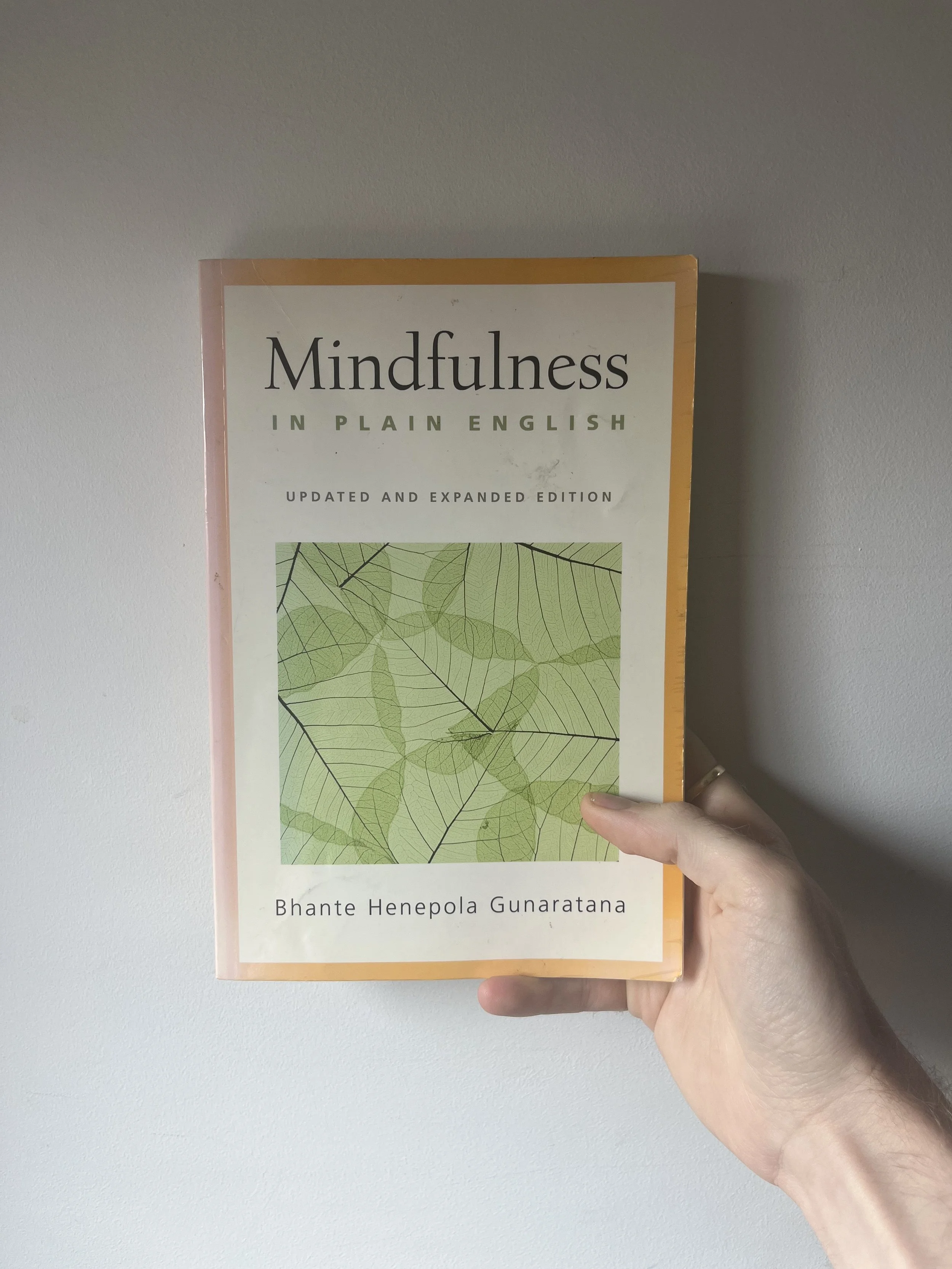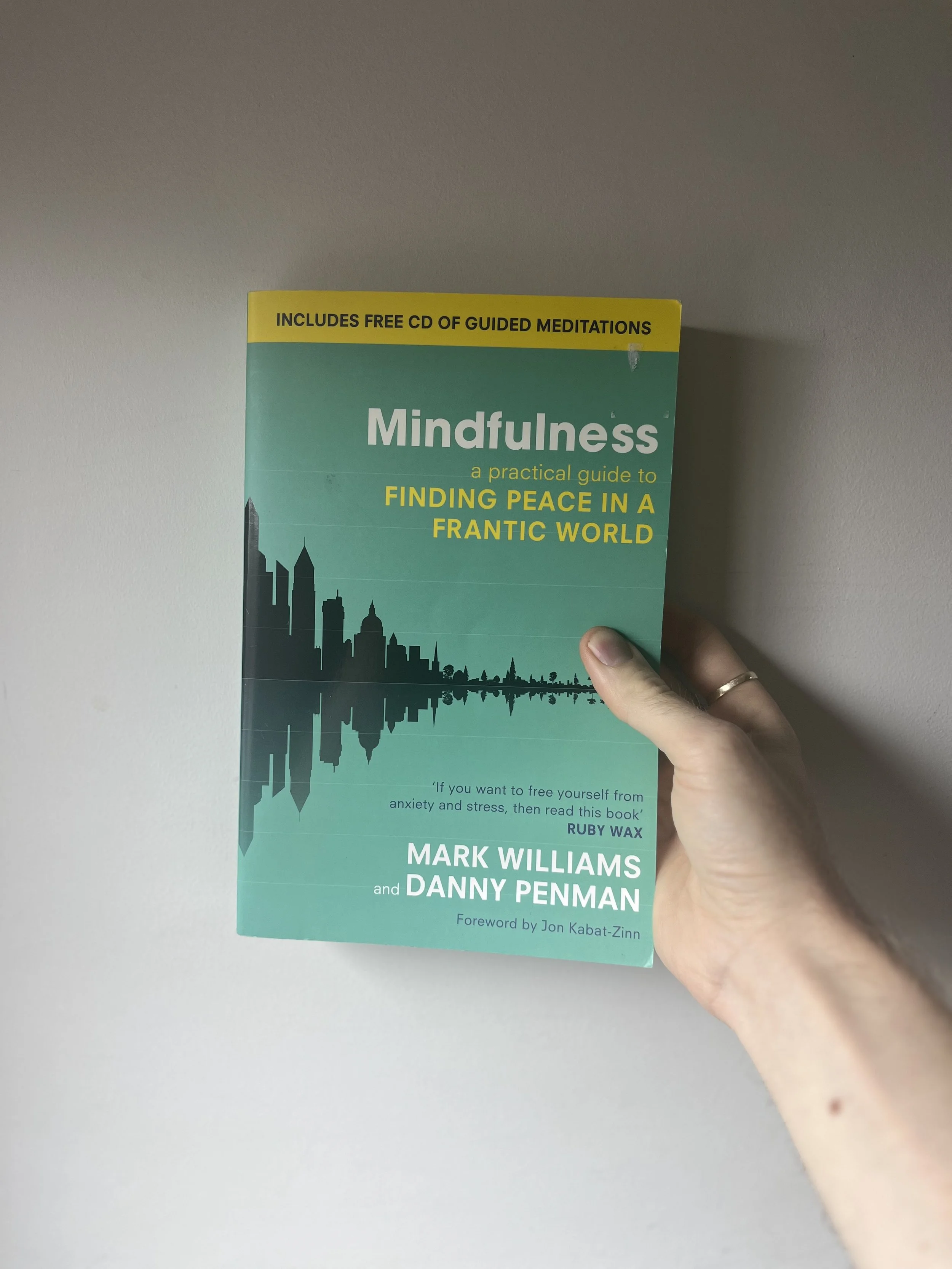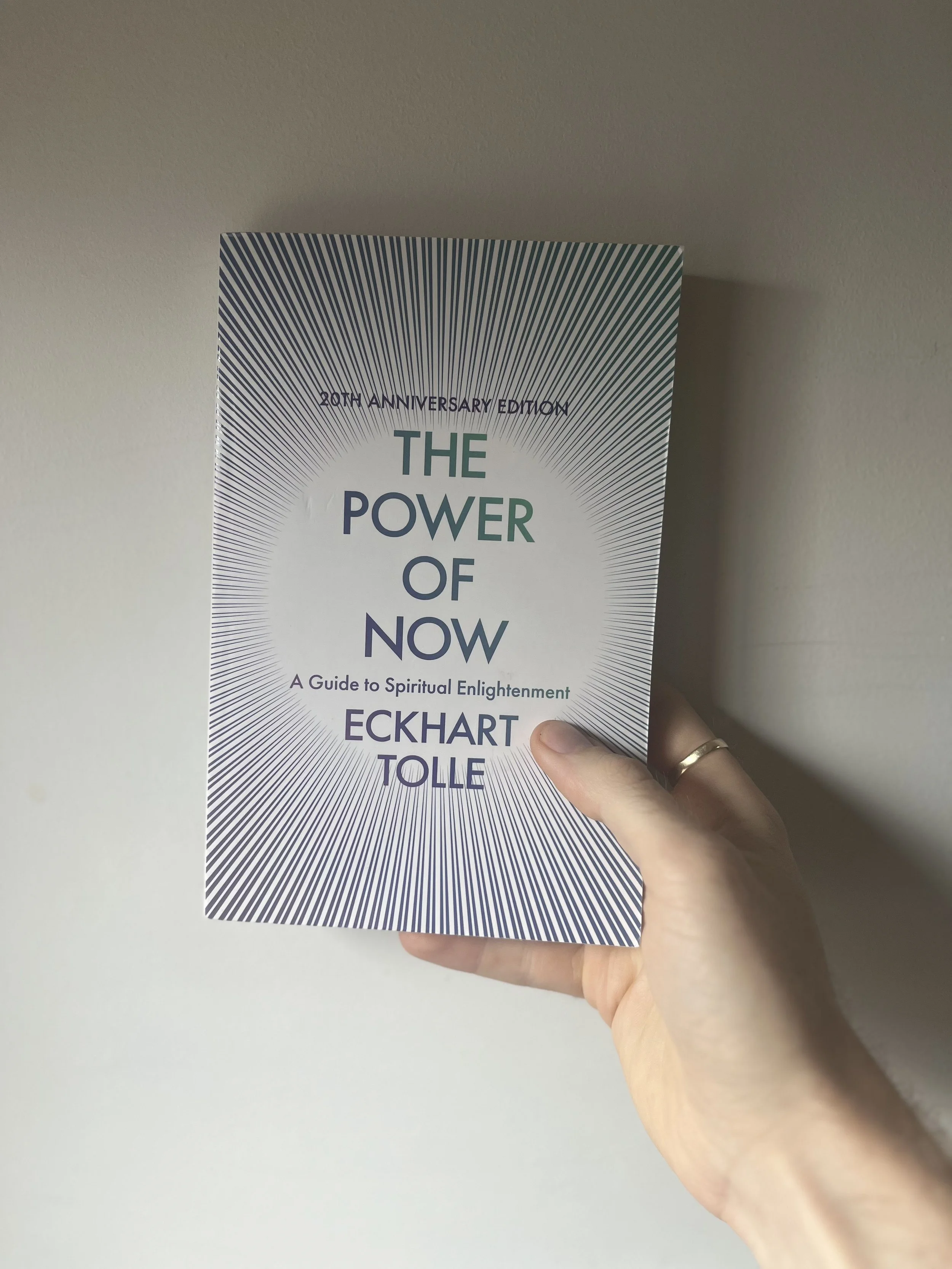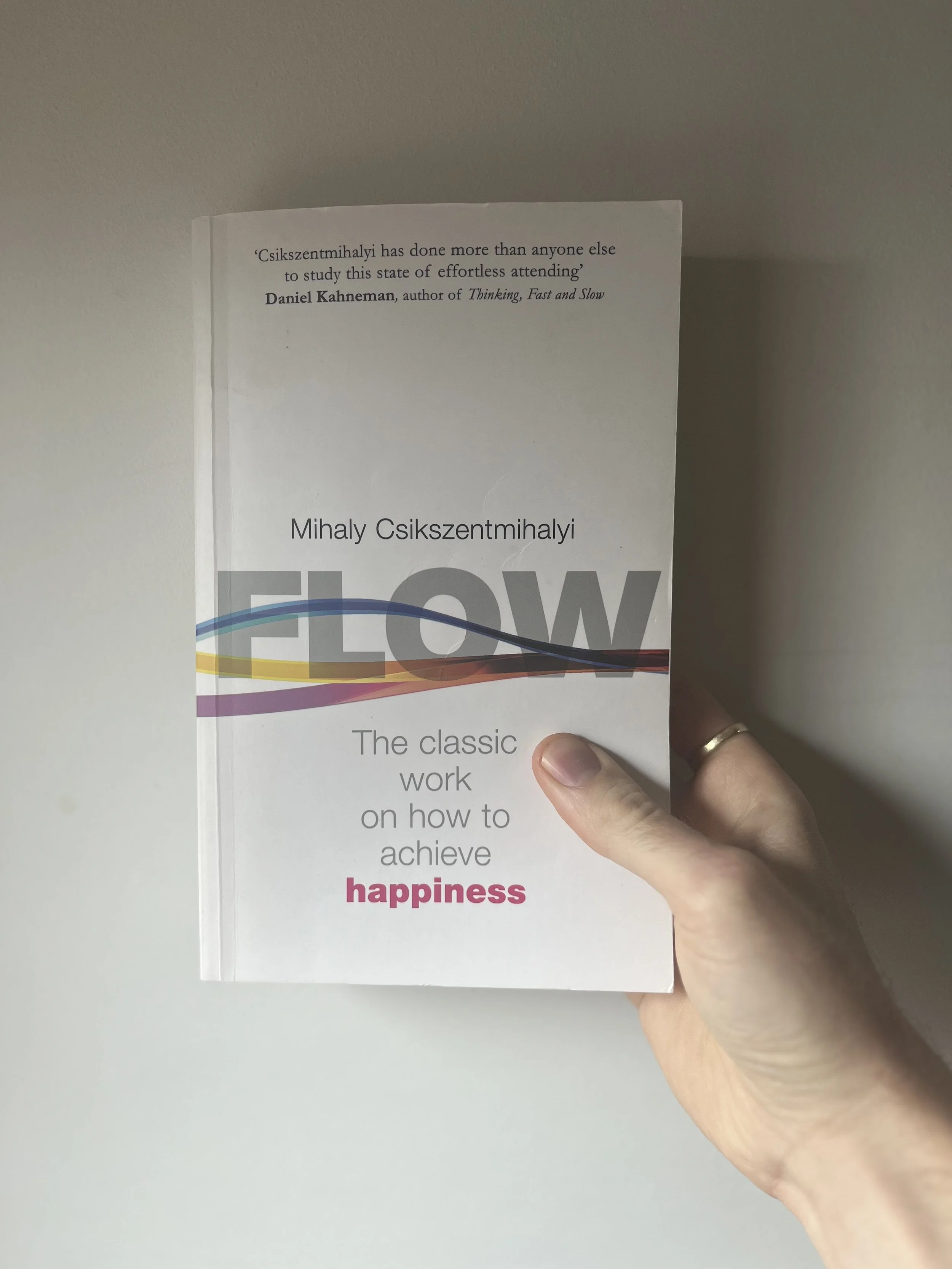In such a fast-paced and interconnected world, the idea that we need to spend more time living in the present has become something of a cliche. It’s sound advice, of course - after all, we’ve known for millennia that cultivating a disciplined mindfulness practice can help us ease our worries about the future, let go of past regrets and come to terms with what we can and cannot control.
But with so many resources out there and so many different ways to learn, it’s easy to lose momentum. Whether you’re a beginner or someone looking to deepen their practice, finding a trusted source to point you in the right direction isn’t always easy. In this blog, we’ll run through 5 essential mindfulness books packed with reliable guidance and practical tools for every stage of the journey.
5 Essential Mindfulness Books to Start or Strengthen Your Practice
The Foundational Text
Full Catastrophe Living by Jon Kabat-Zinn
(650 pages, First published in 1990 and revised in 2013)
For anyone looking for an in-depth, comprehensive guide to mindfulness, John Kabat-Zinn’s Full Catastrophe Living is a must-read.
Kabat-Zinn founded the eight-week Mindfulness-Based Stress Reduction (MBSR) program in the late 1970s at the University of Massachusetts Medical School. This book partly traces its history, sharing inspiring stories of participants who used mindfulness meditation, bodily awareness exercises and yoga to manage stress, chronic pain, and illness. Along the way, you are given a step by step guide to cultivating your own practice, complete with detailed exercises, yoga poses and words of gentle encouragement.
If you’re going to read just one author on the subject, it should be Kabat-Zinn. He’s perhaps the Western world’s most trusted source of wisdom on the practice of mindfulness, and he writes with the authority of someone at the very top of the field.
Although this book is over 600 pages long, it is beautifully written and easy to follow. While it contains enough information for anyone to complete a full course in MBSR, you don’t need to stick rigidly to the eight week format. I read it from cover to cover on my first go, then dipped back in afterwards to remind myself of the exercises and build a practice at my own pace.
For anyone put off by the book’s length, Kabat-Zinn has written many shorter and more digestible works, particularly the fantastic Where You Go, There You Are.
Quote: “Life only unfolds in moments. The healing power of mindfulness lies in living each of those moments as fully as we can, accepting it as it is as we open to what comes next—in the next moment of now.”
Perfect for Beginners
Mindfulness in Plain English by Bhante Henepola Gunaratana
(208 pages, Published in 1992, updated and expanded in 2002)
While many books on mindfulness are philosophical and theoretical in their approach (we’ll get on to some of those below), Mindfulness in Plain English is a self-described “how-to” manual aimed specifically at beginners. As Guaratana writes: “It is our intention to give you the basic data you need to get off to a flying start… These are the basic ground rules.”
Bhante Henepola Gunaratana is a Buddhist monk and the founder of the Bhavana Society, a monastery and meditation retreat center in High View, West Virginia. Mindfulness in Plain English is laid out in short, digestible chapters and written, as the title suggests, in clear and straightforward language. Gunaratana reveals all the different tools available to those cultivating a practice, what those tools do, and how to make them work. It’s that simple.
Written with warmth, wit and humour, this book teaches you that cultivating mindfulness is ultimately very simple - which, for any overwhelmed beginners, is a great thing to know!
Quote: “Be gentle with yourself. Be kind to yourself. You may not be perfect, but you are all you’ve got to work with. The process of becoming who you will be begins first with the total acceptance of who you are.”
A Practical Workbook
Mindfulness: A Practical Guide to Finding Peace in a Frantic World by Mark Williams and Danny Penman
(276 pages. Published in 2011)
If you're a visual learner or find dense blocks of text hard to engage with, this book is a great choice.
In terms of content, Williams and Penman’s textbook aligns closely with Full Catastrophe Living, but rather than presenting information in a traditional essay style format, it splits the eight-week MBSR program into clear and accessible sections and comes with a CD of guided meditations.
The MBSR success stories here are also more recent compared to Kabat-Zinn’s examples from the early 90s. So if you’re after a more digestible, contemporary alternative to Full Catastrophe Living, this one is for you.
A Philosophical Read
The Power of Now by Eckhart Tolle
(191 pages. First published in 1999, re-issued in 2020)
So far I’ve focussed on practical guides to mindfulness and meditation, but The Power of Now is a more theoretical, philosophical text. Eckhart Tolle writes about the experience of being itself: the shortcomings of the analytical human mind, the “false self” created by our ego and the liberating power of surrendering to the present moment.
Tolle is a captivating figure. The Power of Now tells the story of his spiritual epiphany and the life changing lesson he learned from it: that the only time that truly exists is right now.
That is, on the one hand, a terrifying thought - if we can only control what happens right now, there is so much we cannot control! But Tolle teaches us not to be afraid. After all, the unknowns are out of our control, so why worry about them? By simply accepting or responding to each moment as it arises, we are always doing the best we can, living in harmony with the world around us.
Presented as a Socratic dialogue - a back-and-forth of questions and answers - The Power Of Now is at once an easy read and a difficult one. The insights follow smoothly from one to the next, yet the conceptual language often takes a few re-reads before it really clicks.
Read with patience and an open mind however, The Power Of Now is a great companion piece to the other books on this list. While the more straightforward guides address the how of mindfulness, Tolle’s book goes some way to addressing the why.
Quote: “Realize deeply that the present moment is all you have. Make the NOW the primary focus of your life.”
The Wildcard
Flow by Mihaly Csikszentmihalyi
(303 pages. First published in 1992, updated in 2002)
Mihaly Csikszentmihalyi was a Hungarian social psychologist who pioneered the concept of flow - that familiar (but for many of us all-too-fleeting) feeling of energised focus and deep engagement in a task.
Csikszentmihalyi posited that true happiness springs from regularly performing enjoyable tasks that are both challenging and intrinsically rewarding. While sports and other hobbies are what immediately comes to mind here (practicing your golf swing, learning the piano, playing chess, and so on) Csikszentmihalyi shows us that, with the right mindset, we can achieve flow in many other areas of our lives: as parents, in our friendships, even in our mundane and repetitive jobs.
I’ve included this book because the flow state, as Csikszentmihalyi describes it, closely resembles mindfulness - except, instead of meditating (focussing on the breath, observing the thoughts, and so on) we are allowing ourselves to become consumed in our present moment tasks.
While this book isn’t technically about mindfulness then, it is a great read for anyone looking to take a more mindful approach to their work, hobbies and relationships. You might see it as a way to take your practice out of your mind and into the real world.
